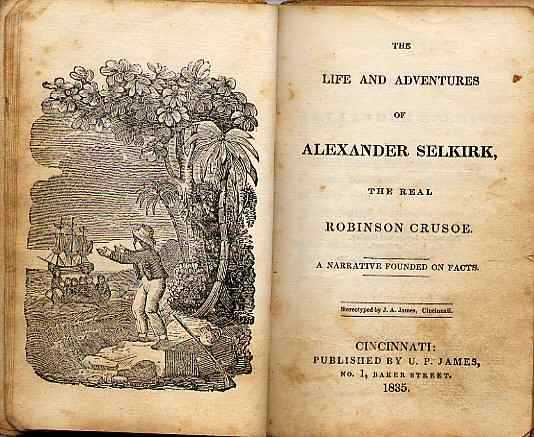12 April 1961
The people of the United States share with the people of the Soviet Union their satisfaction for the safe flight of the astronaut in man's first venture into space. We congratulate you and the Soviet scientists and engineers who made this feat possible. It is my sincere desire that in the continuing quest for knowledge of outer space our nations can work together to obtain the greatest benefit to mankind.
John F. Kennedy
Kennedy's telegram to president Khrushchev after Vostok 1 mission
Yuri Gagarin was born in the Smolensk region of the former Union of Soviet Socialist Republics (USSR). His family was displaced during World War II (1939-1945) and moved to the town of Gzhatsk in the northeastern part of Smolensk. In 1949 Gagarin began his higher education at a manufacturing trade school in Lyubertsy, a town outside of Moscow. In 1951 he trained as a metalworker at the industrial technical school in Saratov, which is southeast of Moscow. While he was in Saratov, he joined a flying club and learned to fly airplanes. His instructor recommended him to the air force, and Gagarin began attending the Soviet Air Force cadet training school at Chkalov (now Orenburg) in Russia in 1955. He graduated from the academy with high distinction in 1957, shortly after the launch of Sputnik 1.
 |
| Yuri Gagarin (1934 - 1968) |
Gagarin applied for the six-week cosmonaut screening process in 1960 with just 230 hours of flying experience. He and 19 others were selected to become cosmonauts. Of these 20 men, 12 eventually completed space flights. Gagarin and fellow cosmonaut Gherman Titov, front-runners in their class, were both contenders for the Vostok 1 flight.





















